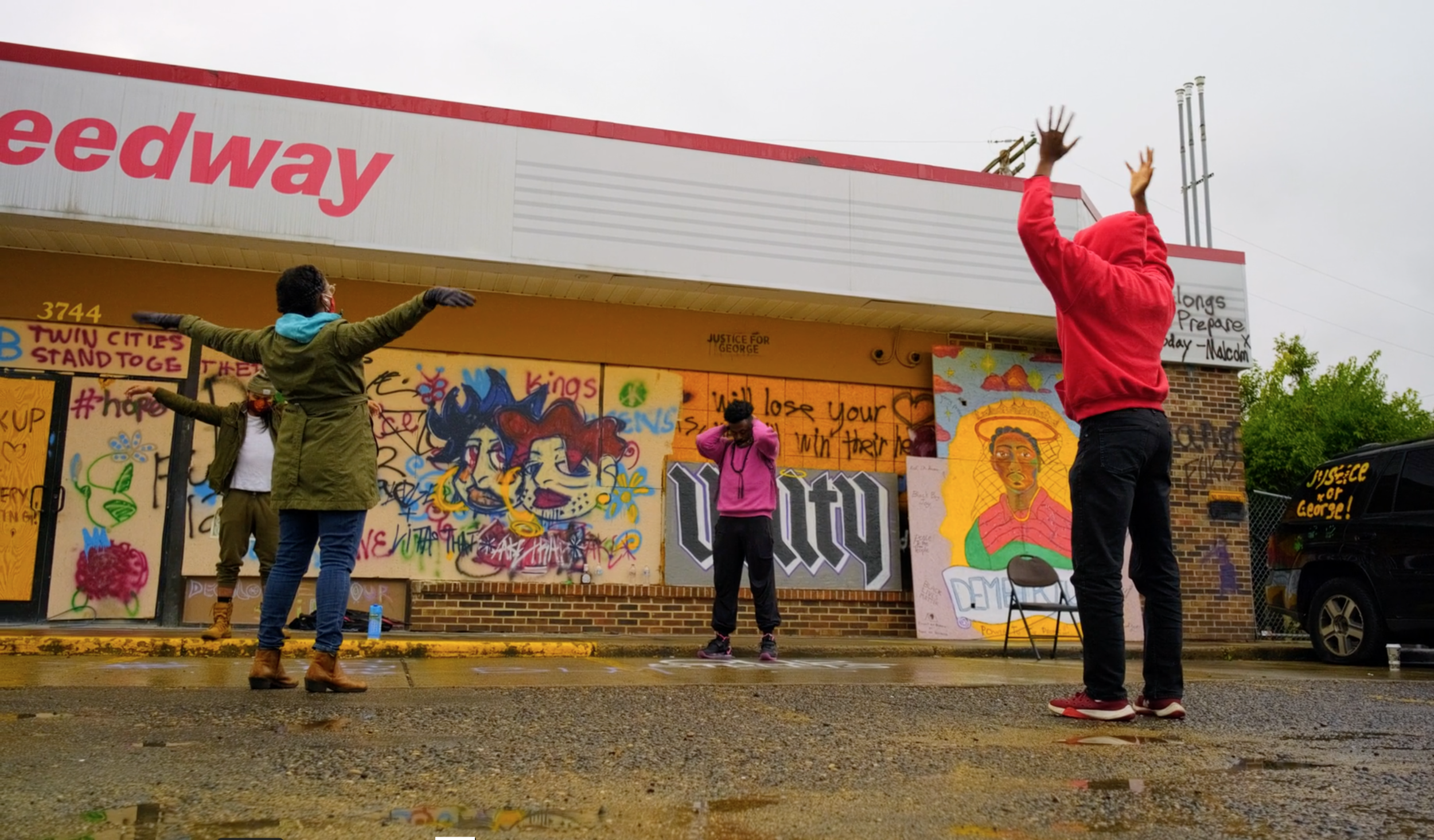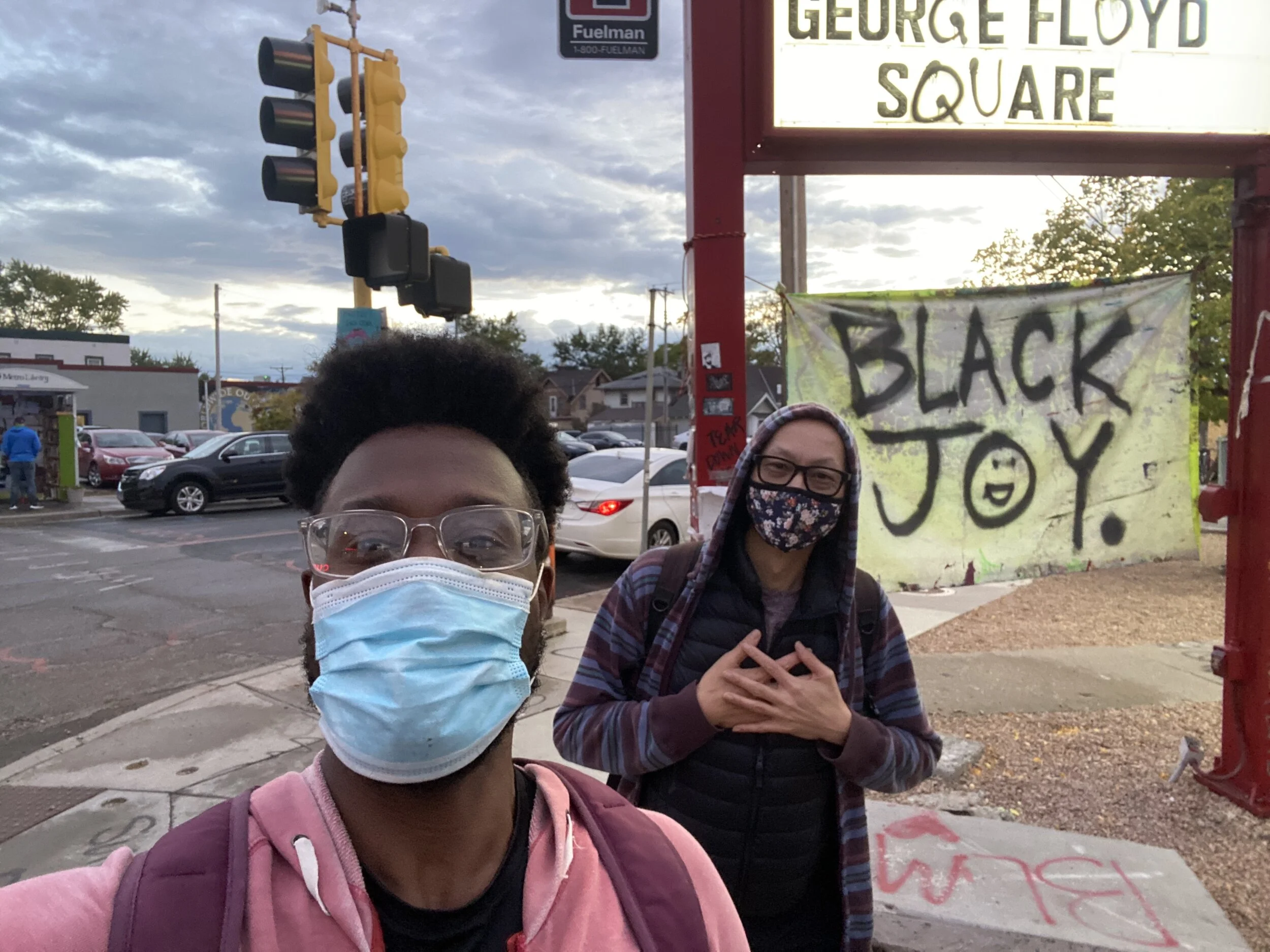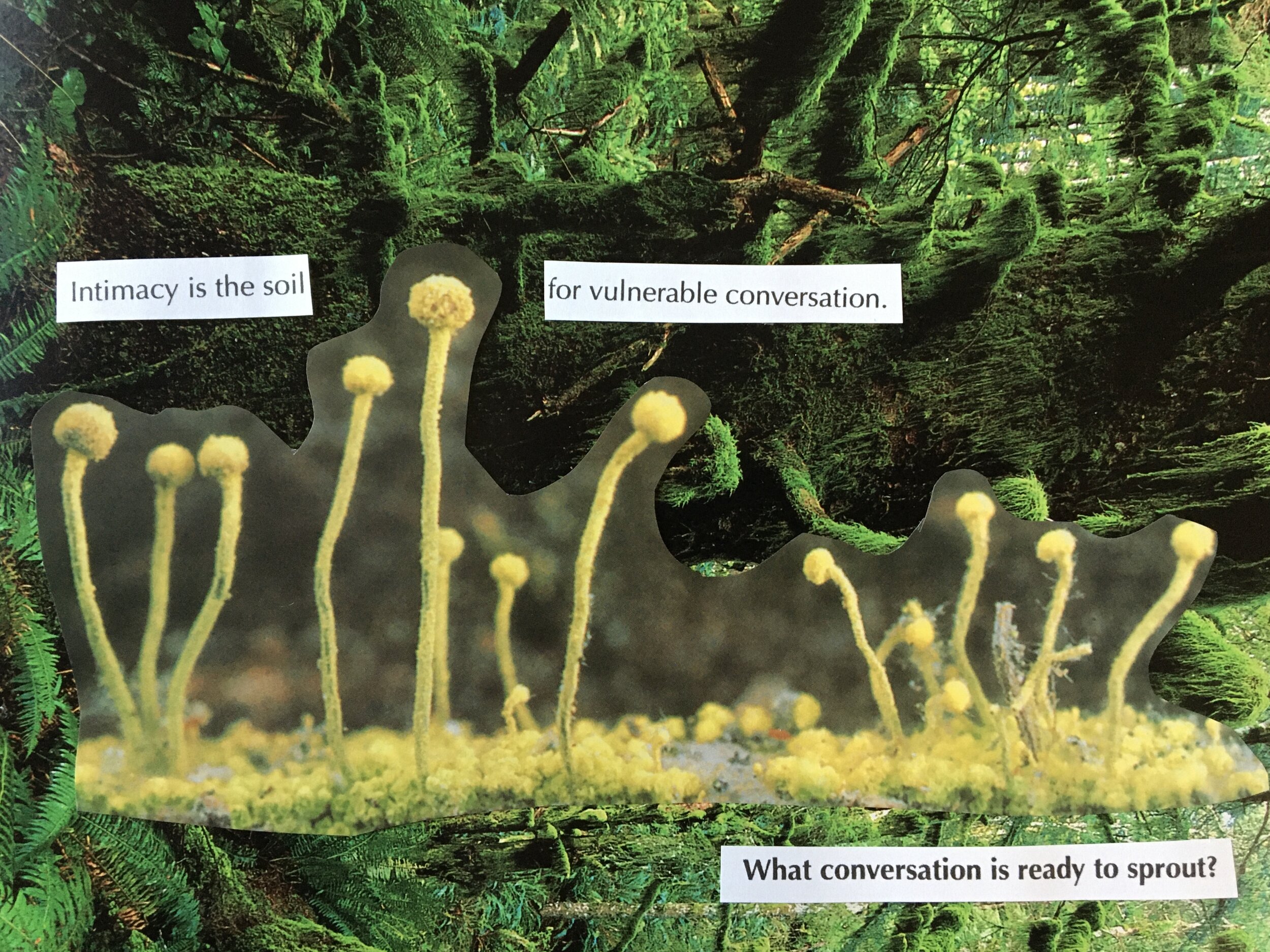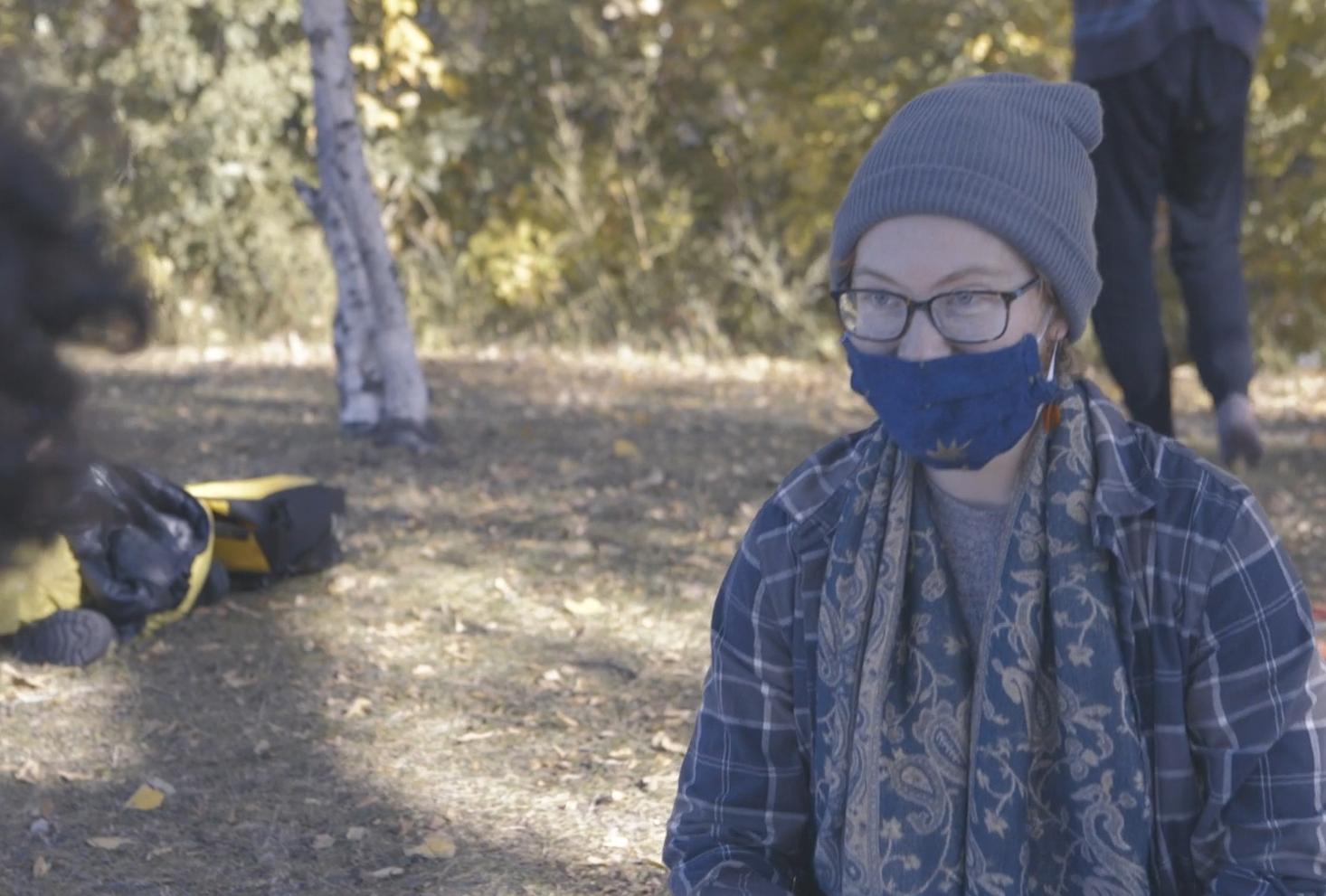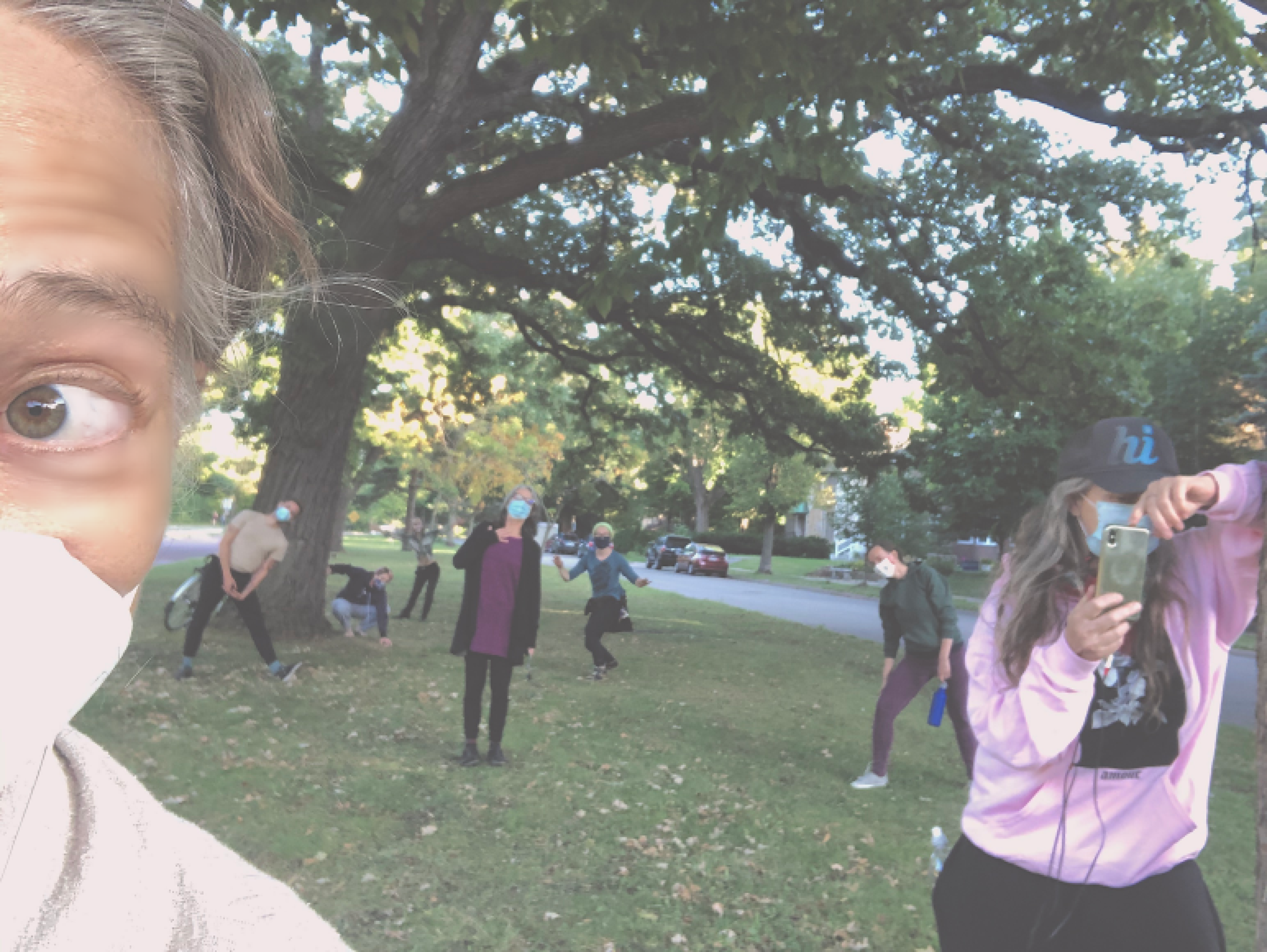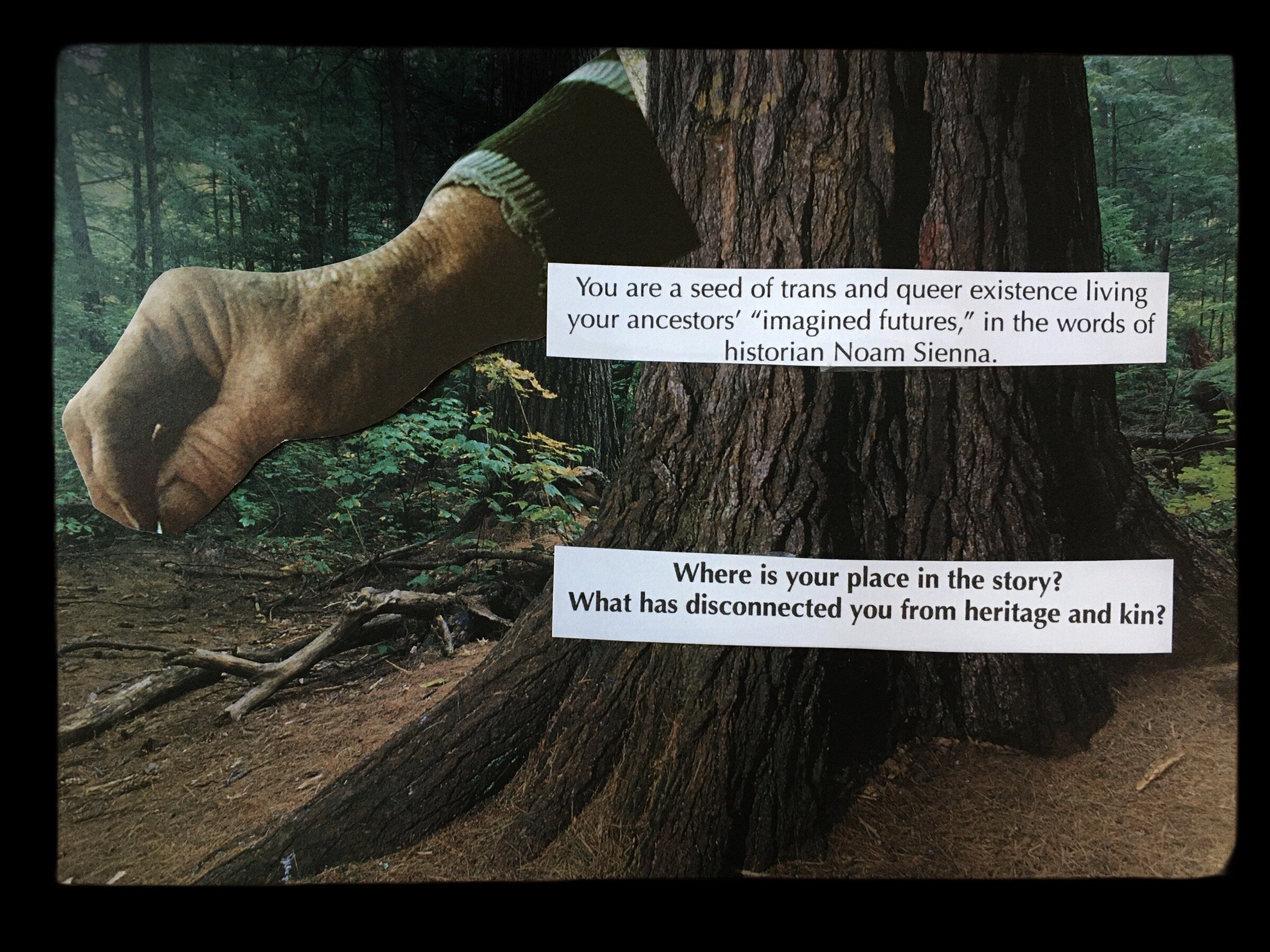SEED: Supporting Emerging Embodied Discoveries
The SEED Program is a small co-learning group of emerging DYFIT leaders, who share both deep knowledge of the practice and a strong commitment to racial justice.
Originally designed as an intensive curriculum anchored by 7 community workshops, SEED morphed in the time of COVID into a powerful digital co-learning space and project incubator. 14 emerging leaders moved together through a 7-month experience. In this world-changing time, we witnessed the surge of a global pandemic, the murder of George Floyd, local and national uprisings for racial justice, and a national election charged with the weight of unmasked truths and the urgency of climate chaos. We gathered regularly. We talked of ancestors, dance families, protecting our magic, asking for help, raising young ones, farming, writing, moving with our tender selves in times of depression and fear, showing up for grief, resting, moving through to the other side of futures known and unknown.
9 projects emerged from our process this year. These are also seeds, sleeping and sprouting and rooting all in their own time. It has been such a gift to share a creative process with one another that honors the timeline of aliveness, doesn’t expect germination to happen for all at once, and understands (celebrates!) that fruiting happens in mysterious ways.
Learn more about our projects below.
Temperance Newsletter
(Xiaolu Wang)
With support from Art In this Present Moment (St Paul Foundation)
Identity through Music & Movement
(Heather Peebles)
In the aftermath of George Floyd’s murder, I came face to face with my identity as a mixed woman with black and white family: the ways I show up in spaces, the ways I minimize my experiences, and how I relate to blackness.
To stay grounded and move with intention in the movement toward liberation and systemic change, I have been listening to my ancestors and building a stronger connection with self through music, movement, and writing. This has blossomed into internal (frame)work necessary to continue processing past trauma, be present with current trauma, and further understand/research historical trauma.
What does it mean to be a seed?
(Asher Edes)
Mixed Heritage: Bridging Dissonance in Our Bodies Through Ancestry Work
(Heather Peebles + Laura Levinson, documented by Xiaolu Wang)
We all must navigate moving through duality in our own bodies in some way. Whether we idenitfy as queer, mixed, bicultural, biracial, or not - we all carry frictions and "opposites" in our lived experiences, relationships, and/or ancestral lines that we learn to bridge (or not). We enter into conversation with each other as an act of vulnerable sharing, a window into our process of bridging dissonance in our own lineages and bodies through ritual, movement, and music.
BIPOC Practice (Part of DYFIT’s Embodied Practice for Racial Healing)
(Demetrius ImagineJoy McClendon, video by Chris McDuffie)
With support from Art In this Present Moment (St. Paul Foundation)
White Bodies Practice (Part of DYFIT’s Embodied Practice for Racial Healing)
(Led by Laura Levinson and Wendy Morris)
“I’ve been asking myself a lot: how am I practicing and what am I learning? In the wake of George Floyd’s killing and subsequent uprisings, I kept hearing people who I was virtually connecting with refer to themselves with the phrase ‘not enough,’ as in ‘I’m not doing enough,’ or ‘I don’t know enough...’. The phrase was coming from all different spaces — from those organizing day and night to organize massive rallies, to those on the other side of the world who were trying to make sense of what was happening here in Minneapolis. I started looking for where that pattern of ‘not enough’ was showing up not just outside me, but inside as well. I started using the phrase ‘not enough’ as a mindfulness bell — an invitation to wake up to a story of not enough-ness.”
“So many of our organizing practices are designed to break bodies and spirits. It’s a painful paradox — to win we have to fight, to heal we have to rest. DYFIT has always helped us bring seemingly opposite things into alignment. For those of us in white bodies, I actually don’t think it can just be about ‘doing more’ anymore, when we’re so trapped in the mindset of capitalism and resource extraction. I think it’s more about ‘how can we learn to do everything differently?”
Embodied Thesis Writing
(Maria Arriola)
My SEED project was to be embodied and to have fun as I wrote my undergraduate thesis, a particular challenge during a pandemic combined with my academic burnout. Yet, I did my best! My biggest part of the SEED project was setting up daily phone calls with people to talk about my thesis and/or my feelings, and to also have time to listen to whatever they wanted to talk about. It was the biggest part because it involved asking for help from many people!
In addition to the daily phone calls, I set up a Padlet board to post pictures of my work spaces, songs that I was listening and dancing to, time lapses of my computer screen, and other odds and ends. Having a mindset of creation and documentation helped me feel connected to my body and to other people instead of being tunnel visioned on academic success. My project was not meant to be a "productivity hack" (in any case, it failed to do that -- I pushed back many deadlines!) -- it was meant to be a time and space for me to slow down and to notice my significance, my creativity, my intelligence, and my feelings.
Some beloved sources of inspiration for us this year:
Poetry is Not a Luxury, by Audre Lorde
Blue World, by John Coltrane
Octavia’s Parables Podcast, with Toshi Regan and adrienne maree brown
Write2Heal newsletter, by Mimi Zhu
“Technique is a portal to expansiveness.”
“I do not have to stop breathing so that other people can breathe.”
“‘I did not ask for life.’
’I can’t die yet.’
’Who’s thinking about what’s next?’
’What are the patterns and paradigms and futures that we really want to live into in this moment?’”
“What is the project of reconnecting with our own medicine, self-love and kindness?”
“What imprint do DYFIT dancers leave behind - or create - after growing relationships with a place? How does practicing in that place change us?”

